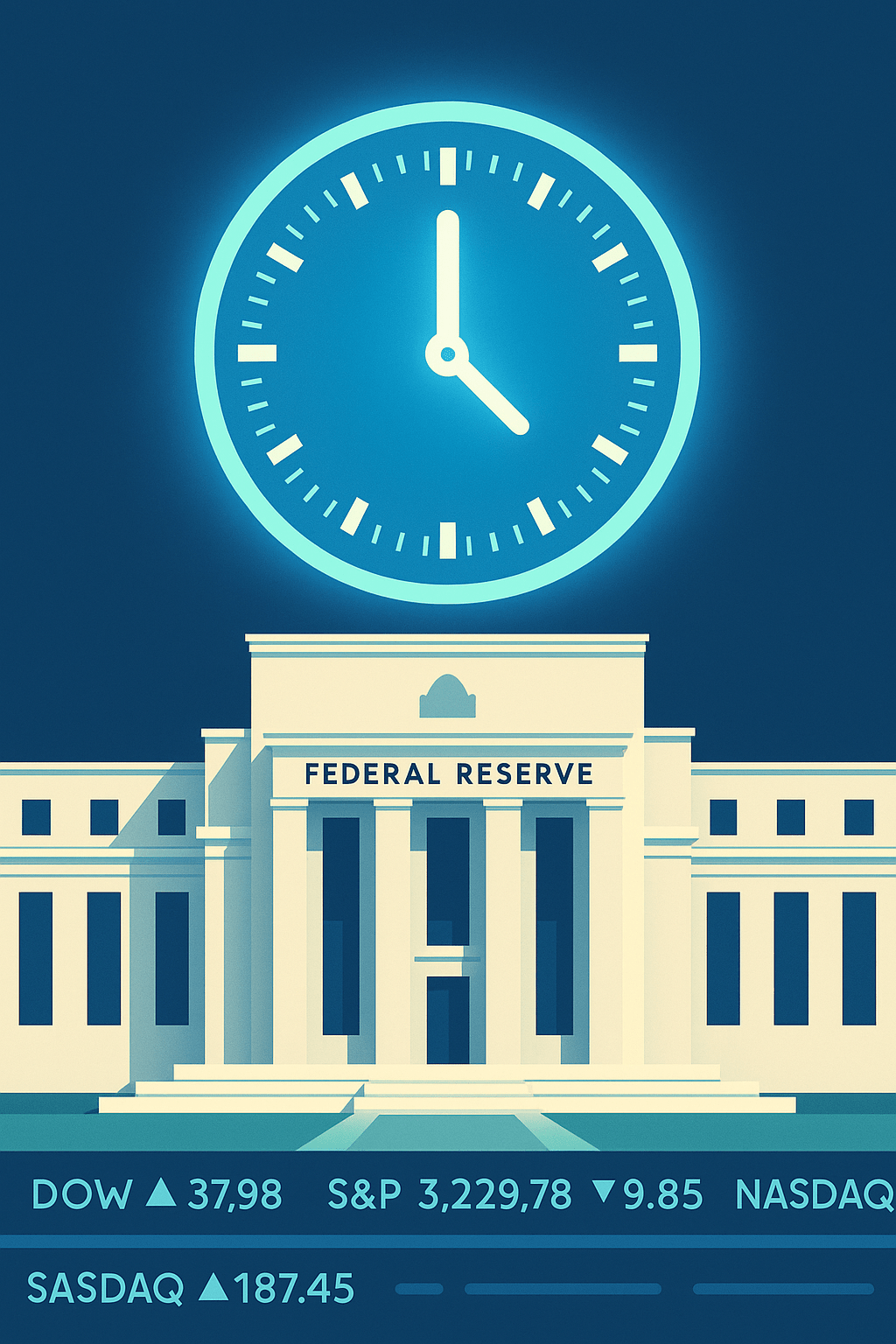Your cart is currently empty!
Jerome Powell Speech Today: Takeaways, Timing, and Market Impact

When markets anticipate a Jerome Powell speech today, volatility is almost guaranteed. As the Federal Reserve Chair, Powell’s words carry authority not just in the U.S. but across global markets, influencing bonds, currencies, equities, and mortgage pricing within minutes. Prepared remarks often deliver a structured message on inflation, growth, and financial stability, but it’s the live Q&A sessions where markets find the most surprises. Traders dissect tone, choice of words, and even subtle shifts in emphasis compared to previous speeches. For households, a dovish Powell may signal lower borrowing costs, while a hawkish tone can tighten financial conditions. This page breaks down what to watch during Powell’s speeches and why they matter to everyone from homeowners to institutional investors.
When the Fed Chair speaks, markets listen. It can move Treasury yields, mortgage-backed securities, and equity risk appetite in minutes. This page explains what to listen for, how to separate prepared remarks from off-the-cuff Q&A, and how different audiences—homebuyers, business owners, and investors—can translate the message into decisions.
Prepared Remarks vs. Q&A Volatility
- Prepared Remarks: Scripted; reveal base message and policy framing.
- Q&A Session: Where nuance emerges; reporters test boundaries, triggering rapid repricing.
- Tone & Diction: Words like “persistent,” “progress,” or “data-dependent” carry signals.
Common Themes to Track
- Inflation Progress: Goods vs. services; shelter dynamics; wage trends.
- Labor Market: Cooling vs. resilience; participation, job openings.
- Growth & Financial Conditions: Tightening or easing via yields, credit, dollar.
- Balance Sheet: Runoff pace and liquidity conditions.
Why Powell’s Tone Matters for Mortgage Rates
Powell’s tone shapes expectations—the backbone of longer-term yields. A hawkish tilt can lift the 10-year Treasury and nudge 30-year mortgage quotes higher the same day. A dovish surprise can compress MBS spreads, improving lender pricing. Because expectations adjust fast, borrowers considering a lock should keep an eye on high-impact speeches.
One Page Cheat Sheet for Different Audiences
| Audience | What to Monitor | Likely Action |
|---|---|---|
| Homebuyers | 10-yr yield trend pre/post remarks | Lock if volatility spikes; compare points/credits. |
| Refinancers | MBS performance vs. Treasuries | Watch for spread tightening on dovish tone. |
| SMBs | Prime/short-rate expectations | Reprice HELOC/credit lines; consider fixed-rate options. |
| Investors | Dot-path implications | Reassess duration/sector exposure. |
Media Appearances & Venues
- FOMC Pressers: The most market-sensitive appearances each quarter.
- Conferences & Panels: Jackson Hole, economic clubs, policy symposia.
- Testimony: Semiannual monetary policy report to Congress invites pointed Q&A.
Tips for Reading the Room
- Compare today’s wording to prior speeches for shifts in emphasis.
- Cross-check market reaction: 2-year vs. 10-year yield, MBS price, dollar index.
- Remember: one speech adjusts probabilities, not certainties.
FAQs
Does every Powell speech move mortgage rates? No. Context and surprise factor matter most.
Should I lock before or after speeches? If you’re close to closing, locking ahead of known events can reduce risk.
Education only; confirm details with your lender or advisor.

Mr. Rajeev Prakash
Rajeev is a well-known astrologer based in central India who has a deep understanding of both personal and mundane astrology. His team has been closely monitoring the movements of various global financial markets, including equities, precious metals, currency pairs, yields, and treasury bonds.
